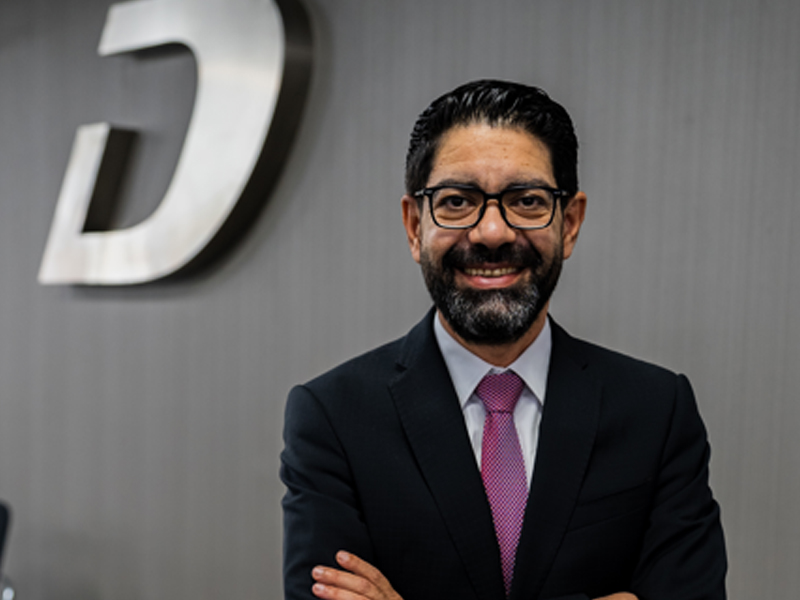By Mohammed Tahaineh, General Manager of Projects at DAMAC Properties
Over the decades, I have witnessed Dubai’s growth and the expansion of the construction industry firsthand. From its humble beginnings, Dubai has grown to become a global hub for trade, tourism, and commerce. Today, we find ourselves at a crossroads, where the future of infrastructure development is poised to be driven by cutting-edge technologies and innovative solutions. However, it is essential to remember that the industry’s future cannot be built solely on technology; it must also be sustainable.
One of the significant changes that have occurred in recent years is the digitalisation of the industry. What was once fairly rare and particularly cumbersome to adapt, new technologies have now become commonplace due to the pressure to improve efficiency, safety, and sustainability. While some developers have been slow to adopt these new technologies, the benefits of digitalisation are becoming increasingly clear.
Digital tools such as Building Information Modeling (BIM) software, drones, and 3D printing are transforming the industry. These tools are allowing us to reduce human error, increase efficiency, and improve safety on construction sites. Additionally, the use of artificial intelligence (AI) is also making a significant impact in the industry. By analyzing data and predicting outcomes, AI is allowing us to make informed decisions and improve the quality of projects.
The connection between digitalisation and sustainability cannot be understated. The construction industry is responsible for a portion of global carbon emissions, and the use of digital tools can help reduce this carbon footprint significantly. By optimising designs and building methods, we can reduce waste, minimize energy consumption, and use sustainable materials. In fact, at Damac, we now pay great attention to every ongoing project’s overall environmental footprint and impact to deliver a resource-efficient development that is well-designed, constructed, and operated. We are firmly focused on securing LEED Gold community certification for the Damac Lagoons master development.
The focus on sustainability has also given rise to a need for efficient use of resources. The planning and strategy that goes into projects has thus become more critical than ever before. BIM software is a prime example of how digitalisation is transforming these processes. The technology is replacing older tools such as 2D drawings and blueprints to create detailed 3D models of buildings and infrastructure projects. This technology, combined with augmented and virtual reality, is allowing developers to identify potential issues before construction begins, reducing the risk of costly errors and delays.
At DAMAC, for instance, we are already seeing the benefits of these innovations, with our construction projects becoming more efficient, more accurate, and much safer. However, this shift towards automation doesn’t mean that humans are becoming obsolete. In fact, workers are more important than ever before. As automation and robotics become more prevalent in the near future, human input and intervention will always be necessary to correctly employ these technologies responsibly.
Looking ahead, the construction industry will continue to evolve and adapt. One of the next frontiers of technology in infrastructure development is the use of alternative sustainable materials. As the world becomes more focused on sustainability, we must find ways to reduce our reliance on traditional building materials such as concrete and steel. The use of materials such as bamboo, hemp, and even recycled plastic can reduce our carbon footprint and create more sustainable construction practices.
In conclusion, the industry is at a turning point as digitalisation and sustainability are the keys to leading the next frontiers of construction. We must embrace new technologies and practices to improve efficiency and safety while creating a more positive environment for our communities. As industry leaders, it is our responsibility to lead the charge toward a more sustainable tomorrow. Together, we can build a brighter future for generations to come.

